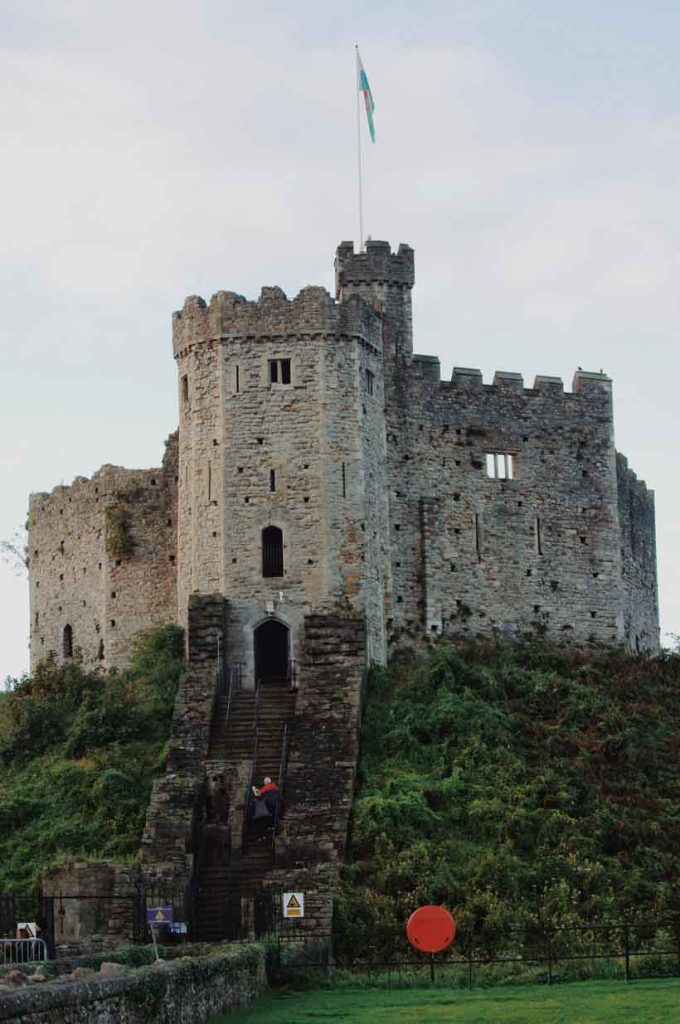Ottoman architecture, developed during the centuries of the Ottoman Empire (from the late 13th century to the early 20th century), is a distinctive and influential architectural style known for its grandeur, innovation, and rich ornamentation. The Ottoman Empire, which spanned three continents, left an indelible mark on the architectural landscape, with a fusion of various influences, including Islamic, Byzantine, and Persian.

Use of Geometric and Floral Patterns:
Ottoman architecture is renowned for its elaborate and intricate decoration, including geometric patterns, arabesques, and floral motifs in tilework, calligraphy, and woodwork.
Islamic Architectural Elements:
Ottoman mosques, for example, feature prominent domes, minarets, and distinctive elements like the mihrab (prayer niche) and minbar (pulpit).
Central Domes:
Many Ottoman structures, including mosques and mausoleums, are characterized by large central domes that create an impressive sense of space and architecture. The Hagia Sophia’s transformation into a mosque is a famous example.
Iwans and Courtyards:
Ottoman palaces, like the Topkapi Palace, often include iwans (vaulted halls) and courtyards that create functional and visually appealing spaces.
Minarets:
Ottoman minarets are known for their distinctive design, often featuring a slender and tall appearance with balconies, providing unique vantage points.
Timber Architecture:
Ottoman architecture incorporated wooden elements extensively, leading to exquisite examples of timber architecture, such as wooden houses and the interiors of many buildings.
Complexes and Külliye:
Ottoman architects often designed complexes, known as külliye, that included mosques, madrasas, hospitals, libraries, and public fountains, demonstrating the multifunctional aspects of Ottoman architecture.
Bazaars and Caravanserais:
Ottoman bazaars and caravanserais were central to the empire’s thriving trade. These structures featured covered marketplaces and inns for traveling merchants.
Turbe (Tombs and Mausoleums):
Ottoman mausoleums, or turbe, exhibited a wide range of architectural styles, with intricately decorated interiors and domed roofs. Many important Ottoman figures are buried in these structures.
Hammams (Bathhouses):
Ottoman hammams were an essential part of urban life, featuring unique architectural designs, heated rooms, and striking interiors with mosaic tiles.
Fortresses and Castles:
The Ottomans built numerous fortresses and castles as part of their military architecture, often incorporating innovative elements for defense.
Notable examples of Ottoman architecture include:
The Hagia Sophia in Istanbul, which began as a Byzantine cathedral and later became an imperial mosque.
The Blue Mosque (Sultan Ahmed Mosque) in Istanbul, famous for its elegant design and blue tiles.
The Süleymaniye Mosque in Istanbul, designed by the renowned architect Mimar Sinan.
Topkapi Palace in Istanbul, the opulent palace complex of the Ottoman sultans.
The Rüstem Pasha Mosque in Istanbul, known for its colorful Iznik tiles.
Edirne’s Selimiye Mosque, a UNESCO World Heritage Site and a masterpiece of Ottoman architecture.
Ottoman architecture not only had a profound influence on the lands it once ruled but also played a role in shaping later architectural styles in the region. Its intricate and ornate designs continue to be admired and studied for their cultural and historical significance.

